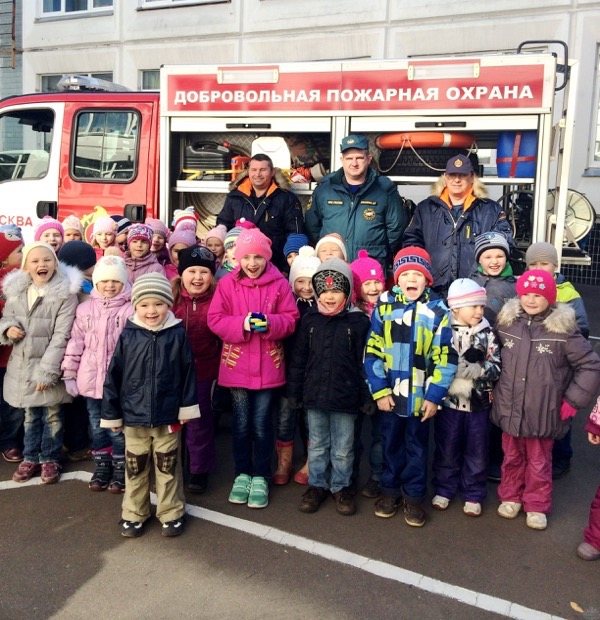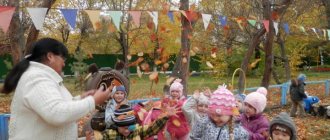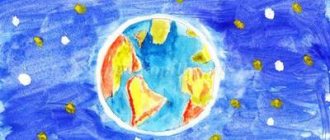Organization of surveillance
To organize observation, you need to properly prepare the process:
- Choose a plant or animal that looks healthy.
- The place must be clean and consistent with natural conditions.
- The chosen place should be well lit, it is better if the light falls slightly from the side.
- Children need to be positioned so that none of them interfere with each other or block the view.
- If possible, each child should touch a plant or pet an animal.
Convenient placement of children around the object being studied
Approximate plan for a walk-observation
The process of reviewing and discussing an object should comply with the following recommendations:
- Children need about 2 minutes to make their first impression. During this time, the children will have time to examine the object and satisfy their curiosity.
- The teacher should talk about the object in 1 minute.
- Next, children’s thoughts need to be directed in the right direction. If necessary, read a poem or ask a riddle. This is how the children form an emotional attitude towards the object. The time should not exceed 7 minutes.
- Afterwards, the object is examined in detail. The teacher asks leading questions and helps with answers. Provides missing information. This will take no more than 10 minutes.
- At the end, a summary is summed up and all the knowledge gained is connected with each other. This process takes about 5 minutes.
Additional Information! The teacher can start a colorful observation diary together with the children.
Children's research activities during a spring walk
Research activity involves the child’s independent search for information.

Organization
You can organize the process in the following ways:
- Children, while answering questions about the object in question, try to correctly express their own thoughts.
- When observing an object for a long time, the guys notice all the changes and, if necessary, record them.
- When observing living or inanimate nature, additional items are used: dark glasses, gardening tools.
- During an excursion, when they go to the city, to a library, a food factory, or when observing construction work, production technology or the process of organizing services is studied.
- After visiting the museum, a more detailed study occurs by looking at the encyclopedia or other materials.
You can also organize experiments under the close supervision of a teacher.

